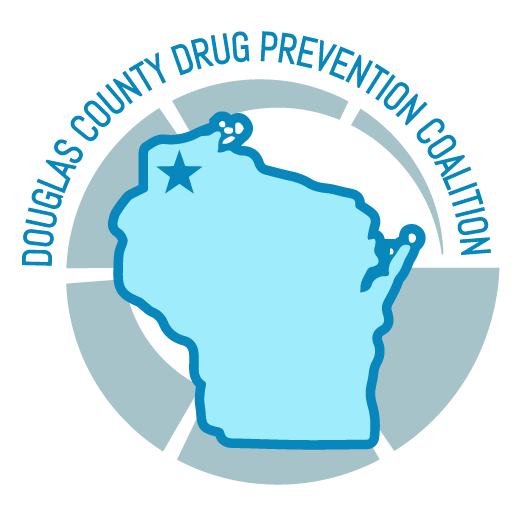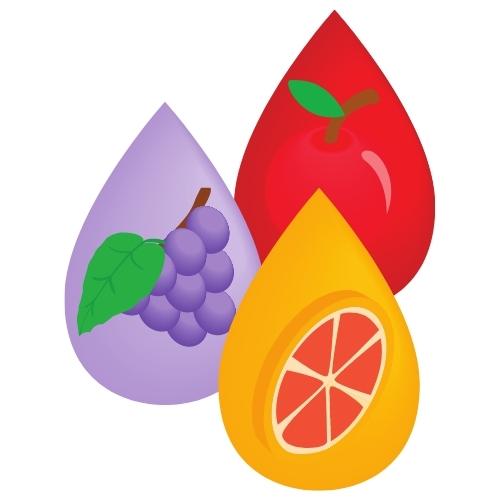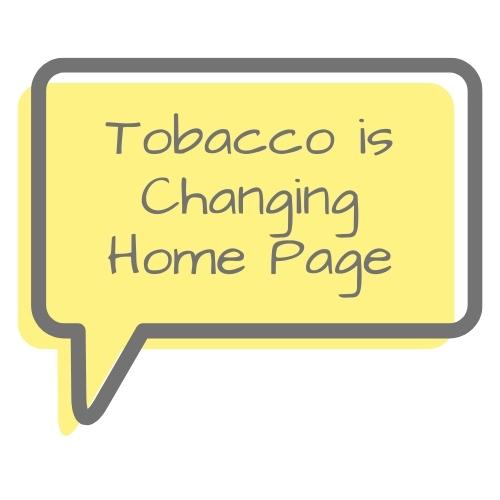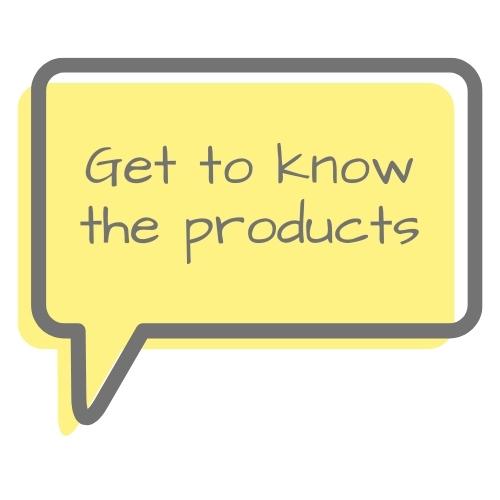Understand Tobacco’s Tactics
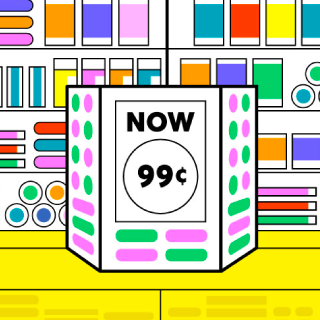
Every Kid is a Potential Customer
Eager to grow up and try new things, young people are already vulnerable to the lure of tobacco use. Unfortunately, the ruthless way tobacco products are often packaged, marketed, and made can increase that risk.
Aggressive marketing in retail environments and communities of color. Decorative tins, packs, and wrappers in bright, youthful colors help new tobacco products stand out in stores—while products disguised as everyday objects help kids hide their addiction at home and in school.
Even worse, thousands of sweet flavors that appeal to teenagers’ taste buds and sense of adventure are making it into young people’s hands. One of those flavors, menthol, can even make tobacco products more addictive.
Once you know the signs, it’s not hard to spot the unethical tobacco tactics influencing young people in your community.
Here Are Some Ways Tobacco Targets Youth
Grape, cherry, cotton candy, root beer float, sour apple. How much do sweet flavors like these matter to young people? A lot. In Wisconsin, 96% of middle schoolers say they probably wouldn’t try an e-cigarette—the most popular tobacco product among youth today—if it wasn’t flavored. Click for more info!

Packaging is a huge tactic! A lot of smokeless tobacco, e-cigarette liquids and devices, and cigar products use bright colors, little tins, and shiny materials in their packaging. Many would fit right in with products you can find in the candy aisle at your neighborhood convenience store. Click here for more info!

Menthol cigarettes might be considered the original, flavored tobacco product. Tobacco companies have been marketing the minty flavor’s cooling sensation to first-time tobacco users since the ingredient was introduced to tobacco products in the 1920s. Click here for more info!

Retail environments have lots of tactics to sell these things. The minimum legal age for buying tobacco may have just risen to 21, but that hasn’t stopped the tobacco industry from using marketing tactics in gas stations, convenience stores, and other retail environments that are proven to encourage youth tobacco use. Click for more info!
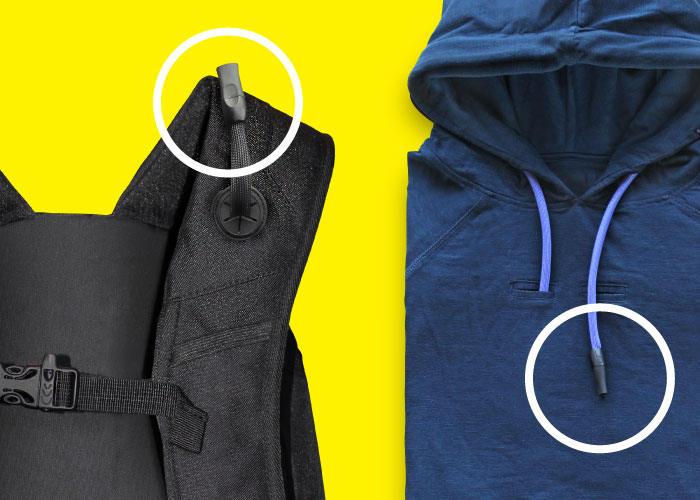
It can be hard to spot tobacco products these days. That’s dangerous because products that are packaged like candy could give young people the wrong impression: that the addictive product inside is harmless. Now parents have to prepare for an even more worrying packaging trend: tobacco products most people wouldn’t recognize at all.
Look-alike electronic smoking devices are gaining popularity, helping kids conceal their addiction with vapes disguised in sweatshirts and backpacks, or designed to look like highlighters, USB drives, smart watches, and other everyday objects. Easily purchased online, these products are often shipped to teens in plain packages that don’t hint at the danger inside.
Different Tactics, Same Threat
Understand all the ways tobacco companies scheme to make, package, and market products that can lock down the next generation of lifelong tobacco users.

Lots of fancy designs look great to kids: shiny cigar packaging that looks like candy. E-cigarette “juices” covered in bright, attention-grabbing labels. Colorful dip tins that look like mints or gum.

Disposable e-cigs that look like slim highlighters or high-tech cigarettes. Also disposable electronic cigarettes that look like fashionable pens. Flavor cartridges that look like USB flash drives. All designed for youth.

Bright colors, slick designs. Today, deceptive packaging makes the average tobacco product look more like a fun toy than a dangerous addiction, but tobacco’s most troubling design trend? Look-alike e-cigarettes that help nicotine blend in with everyday objects, like USB drives, backpacks, highlighters, and hoodies.

Millions of tobacco marketing dollars go to marketing each year. Lots of this is geared towards youth. Whether they’re placing products on kid-level shelves and counters, or advertising near schools, tobacco companies are manipulating the retail environments young people visit most.
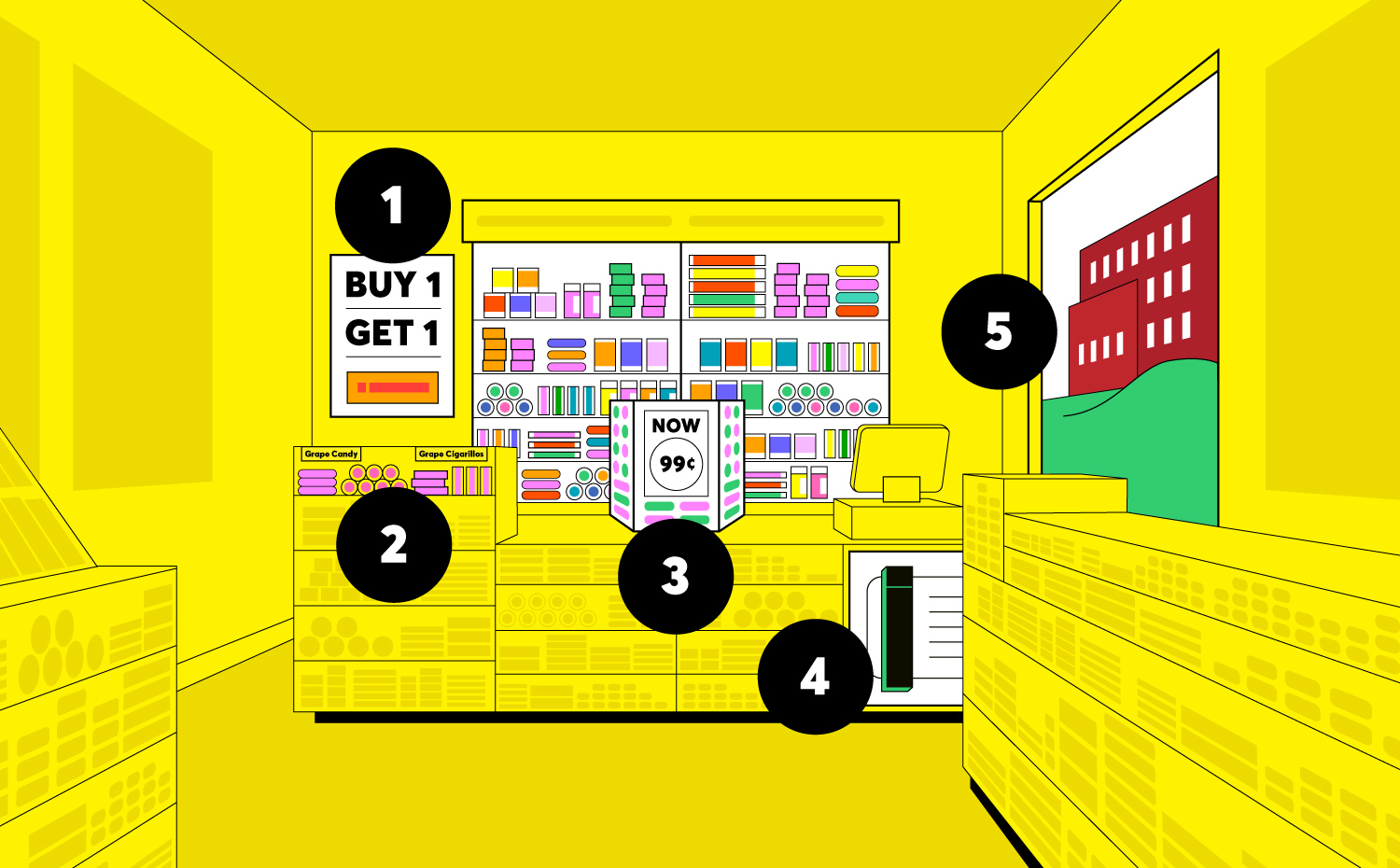
The tactics in this graphic are commonly used in retail locations.
- They advertise at low prices
- They make it look like candy
- They use self-service displays
- They sell at kids’ eye levels
- They get close to schools
Change can happen! It comes from pressure from communities. Check out the Tips & Resources Page to see how you can get involved!
Concerned about a kid’s well-being?
Call 211 or 1-833-944-4673
The Wisconsin Addiction Recovery Helpline can help you find local services and support. It’s free, confidential, and available 24 hours a day.
